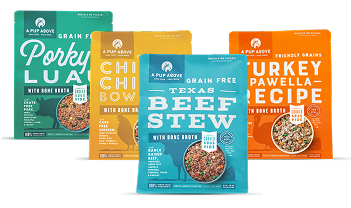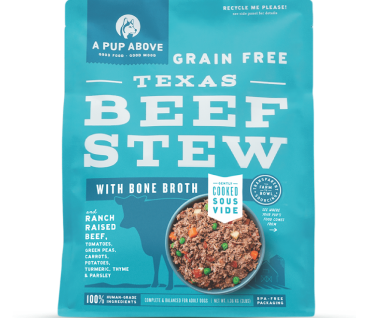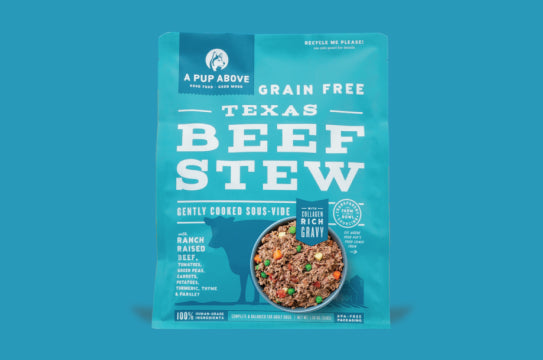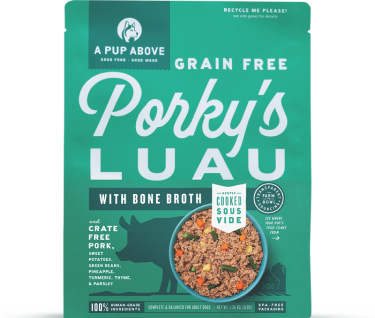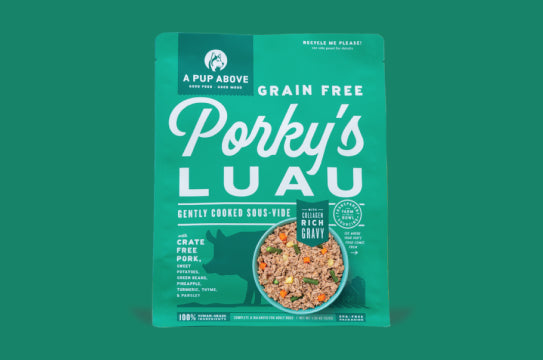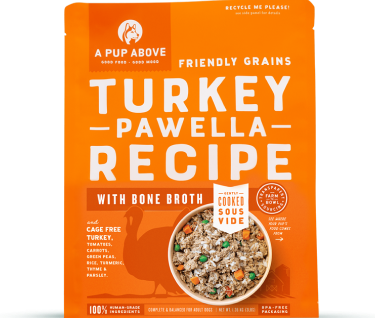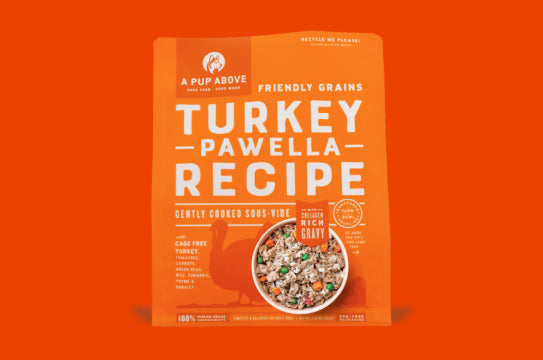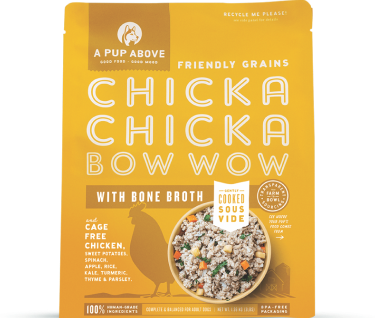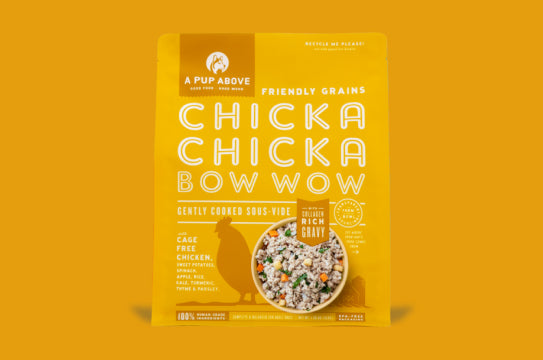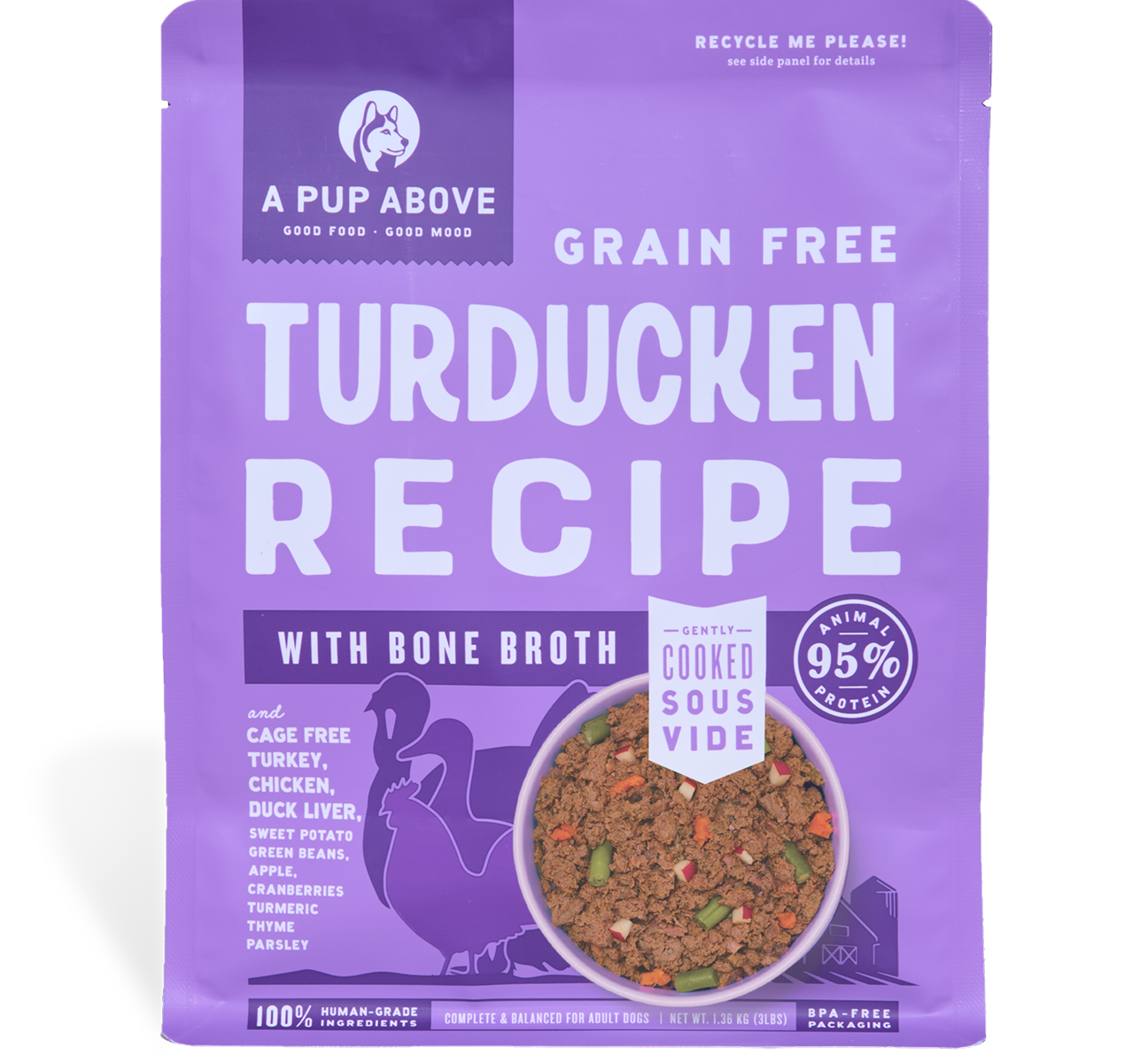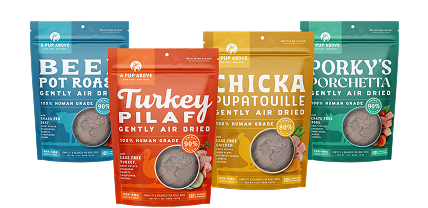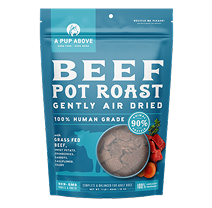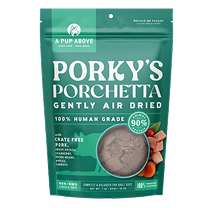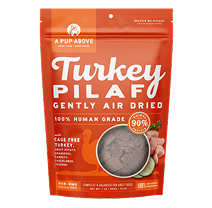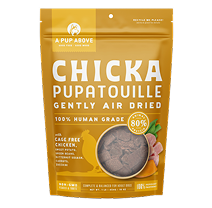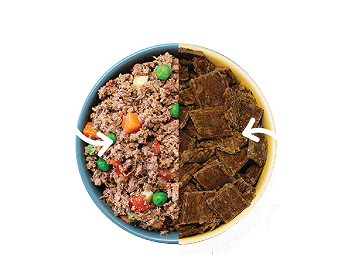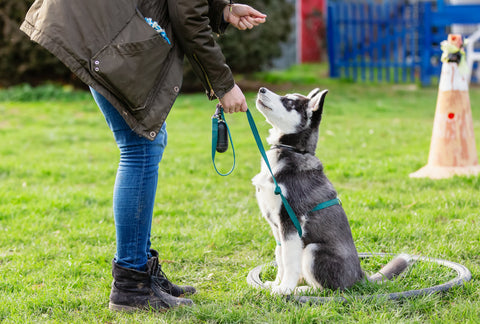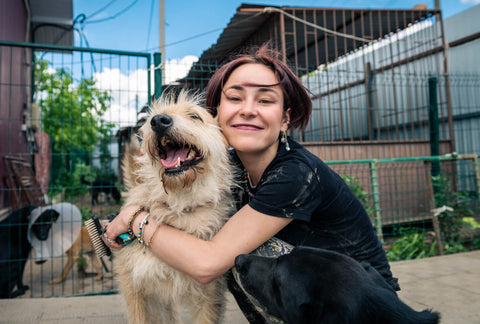
Does my Dog have Allergies?
Did you know that dogs can suffer from seasonal or environmental allergies, just like you do? It’s true!
But it’s also true that a dog with allergies might not look like a person with allergies. Allergy symptoms in dogs are a bit different. Let’s take a closer look.
What are allergies anyway?
We hear so much about allergies, we might forget what they really are. The word allergy comes from a combination of the Greek root word “allos,” which means “other, different, or strange,” with the Greek word for activity, which is “ergon.”
Allergies are strange phenomena indeed. Specifically, strange activity on the part of a person or dog’s immune system. It happens when your immune system decides to produce antibodies to attack a substance that is generally harmless as if it were a threat.
Most allergy symptom triggers are caused by proteins from plants, insects, animals, or foods. Whatever the trigger, the immune system’s fighting stance causes allergy symptoms to show up. Most allergic reactions are simply bothersome, but some can be dangerous.
That’s why it’s good to keep an eye on your dog’s reactions to the environment and be aware if your dog shows any signs of canine allergies.
How common is it to have a dog with allergies?
It’s fairly common to find out your dog has allergies, even well after you’ve been together. Most allergies don’t appear until after a dog has reached six months of age, with the majority of allergy symptoms in dogs not showing up until beyond age one or two. Food allergies can develop at almost any age in dogs.
It doesn’t seem to matter what breed or background — and while some canine allergies are thought to be inherited, most are attributed to exposure to allergens over the life of the dog and the reactions of an individual dog’s immune system.
Don’t blame yourself! Allergens are everywhere. It’s everything from pollen and mold spores to dust mites, shed skin cells, insect bites, medications, and even food. Yes, food.
Food allergies can develop at almost any age in dogs, and are most commonly triggered by proteins in chicken, beef, dairy, and egg. You read that right. There’s nothing harmful about these proteins — they are simply the most common proteins fed to pets.
Feeding a diet with exotic proteins from say lamb, bison, venison, or you name it won’t help your dog escape a food allergy. It will just mean their allergy will likely be to these animal proteins instead of something more common.
One thing you can do to help your dog avoid food allergies is to feed a fresh, whole foods diet. Many dry and canned dog foods are made with highly processed ingredients plus fillers like corn and soy. Highly processed, low nutrition foods stuffed with preservatives are hard to digest, can weaken the skin, and may irritate your dog’s immune system, paving the way for allergic responses.
So what dog allergy symptoms should I watch for?
Itchy Skin. The number one sign of a dog with allergies is itchy skin. If your dog is constantly scratching or licking, it’s time to think beyond fleas. Yes, some dogs are allergic to flea, tick, or other insect bite saliva — so stay up to date on pest prevention, wash bedding on hot, vacuum, and bathe and groom your sweet pup regularly.
Also consider whether your dog is itchy due to allergy reactions to mold, dust, or pollen. Keep on vacuuming, eliminate molds — they’re bad for you too! — and consider wiping your dog down after outdoor playtimes to reduce the amount of pollen tracked into your home or left for your dog to lick off of their fur.
Food allergies can also cause itchy skin. If you think diet may play a role in your dog’s itch, by all means switch away from highly processed kibble. Instead, try a fresh, meat-forward food made with whole ingredients with minimal processing. A good example is A Pup Above — we offer a handy sampler pack that makes gently cooked recipes easy to try. Give it one to two months and observe whether the allergy symptoms in your dog lessen or subside.
Hot Spots. Maybe you don’t notice your dog itching that much, but suddenly you see a red, moist, hairless spot in their coat. This is a hot spot — a sore place that quickly develops into circular, hairless patches of irritated or infected skin. Take it as a sign that when you’re not looking, your dog is itching, scratching, biting, and generally stressing out their skin.
There are fungus among us, and bacteria, too. When your dog’s skin is stressed with any kind of scratch or small wound, it can lead to an infection. If this is the issue, you may notice a smell, discharge, or scabbing.
If you see hot spots or scabby areas, talk to your vet. If it is a bacterial or fungal infection, you will likely need an antibiotic to clear it up. If the hotspots are coming from obsessive itching due to your dog’s allergies, you’ll need to take steps to reduce or remove those triggers from your dog’s environment.
Ear infections. One major sign of canine allergies is chronic ear infections. Ear infections are a common dog complaint often put down to yeast, ear mites, bacteria, and deep ear hair growth. But the underlying cause can be allergies.
Watch your dog for excessive head shaking or head tilting beyond the kind your pup uses to communicate with you. Check your dog’s inner ear skin to see if the color is healthy, whether there is any discharge, and for any off odors.
If your dog is getting ear infections over and over again, it’s time to consider whether your dog has an allergy. Ear infections can be a secondary symptom of canine allergies to dust mites, molds, pollens, but also to food.
Why food? Because yeast cells need sugar to live, and a diet high in sugar creates a chronic yeast infection risk. Kibble and can-food diets are high in carbs, which is another way of saying sugars. Your dog doesn’t need carbs at all — so one way to cut down on ear infections is to eliminate dry foods and treats that feed all those yeasts. It’s better to try an elimination diet and get to the root of the issue than watch your dog painfully scratch at their poor ears.
Sneezy face. Here, dogs with allergies mirror people with allergies. You may notice your dog’s eyes or nose running, or bouts of sneezing. The most common reason dogs sneeze is from inhaling something that’s irritating to their mucous membranes or stuck in their nose.
If your dog sneezes occasionally after sticking their nose into a big clump of grass for a deep sniff session, that’s normal. But if your dog is sneezing constantly indoors and out, or swiping at their eyes and face to deal with itchy, running eyes and nose, take notice. Keep a record of the circumstances that seem to bring on the sneezes, so you can take action against the allergens that impact your dog the most.
The good news is that these allergy symptoms in dogs are usually connected to seasonal allergies. You can reduce the allergens your dog encounters by cleaning your home and your dog. But you can also talk to your vet about them, and they may prescribe antihistamines specific to dogs that can help soothe canine allergies.
Swelling. Sometimes, dogs come into contact with plants or insects that really set their skin on fire. You might notice red, inflamed skin, swelling, or even hives that look like red welts on any part of your dog. As always, keep note of when and where your dog was just before any hives or swelling occur so you can more accurately diagnose the cause.
Hives may look scary, and while they can sometimes be itchy, often your dog won’t notice them at all. Just keep a watch — if the red spots resolve themselves in a few hours, it was likely exposure to something prickly in nature. If they come up every time you give your dog a certain food, you may begin to suspect food allergy. If they worsen or increase in size for any reason, talk to your veterinarian.
Sometimes dogs exhibit dramatic swelling from allergies that looks serious. If you catch sight of your dog’s lips, nose, muzzle, eyelids, ears, or throat, watch to see if they are able to drink water and give it a little time. Like hives, this kind of swelling often resolves itself, or can be treated with an antihistamine.
Shock. When an allergic reaction overwhelms the body, it can go into anaphylactic shock. This is rare, but if allergies in dogs are severe, symptoms become more dramatic and can even be life threatening. The most common causes of shock in dogs are insect stings, medications, and sometimes vaccines.
When people go into anaphylactic shock, the biggest danger is breathing problems as the lungs take a hit of histamine action. But in dogs, it’s the liver that gets hit the worst. That means the signs of a dog with severe allergy look like digestive distress — another good reason to keep an eye on what your dog eats and when.
Dogs going into severe allergic reaction will quickly develop diarrhea or vomiting. If you suspect an allergy is at work, watch for excessive drooling, pale gums, and cold extremities. The worst cases of shock can lead to seizures and coma — seek veterinary help immediately if your dog’s allergy symptoms go gastrointestinal.
Don’t Let it Get You Down
Dog ownership comes with its fair share of responsibilities — keeping an eye on your dog’s health is just one of them, and canine allergies are just one part of the overall picture.
If you notice your dog seems troubled by allergy symptoms, don’t despair. Just start doing your detective work. Does it happen indoors or out? After eating or that new treat you tried? Is it a one-time event or an ongoing challenge?
Keeping a record of your dog’s allergy symptoms and circumstances will help you puzzle through the maze of possible causes, and help you in enlisting the aid of your veterinarian as needed. Just knowing your dog well, and keeping an eye on their vitality will get you and your pet a long way.
Top Stories

Why Do Dogs Lick Their Paws?

Why Do Dogs Whimper & Make Noises in Their Sleep?

Healthy Vet-Approved Homemade Dog Food Recipes

How To Cook Sweet Potatoes for Dogs


